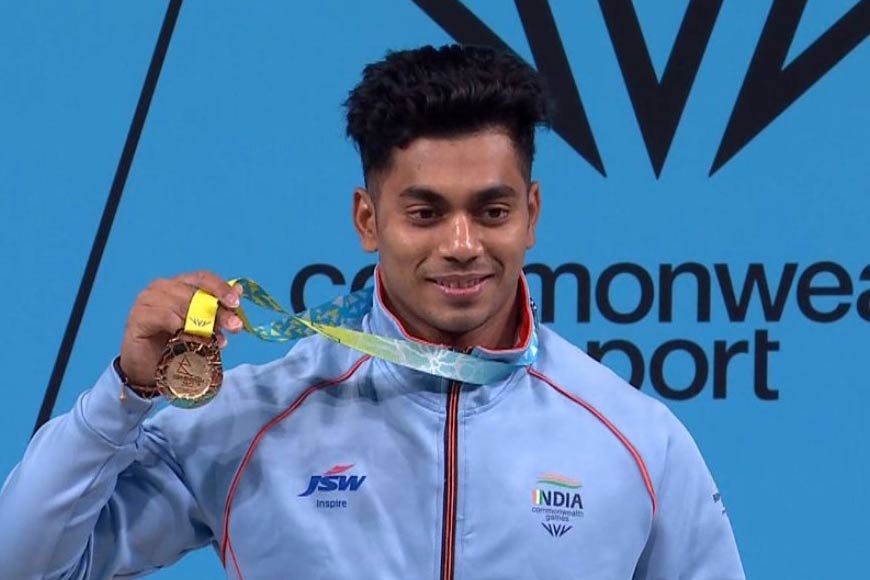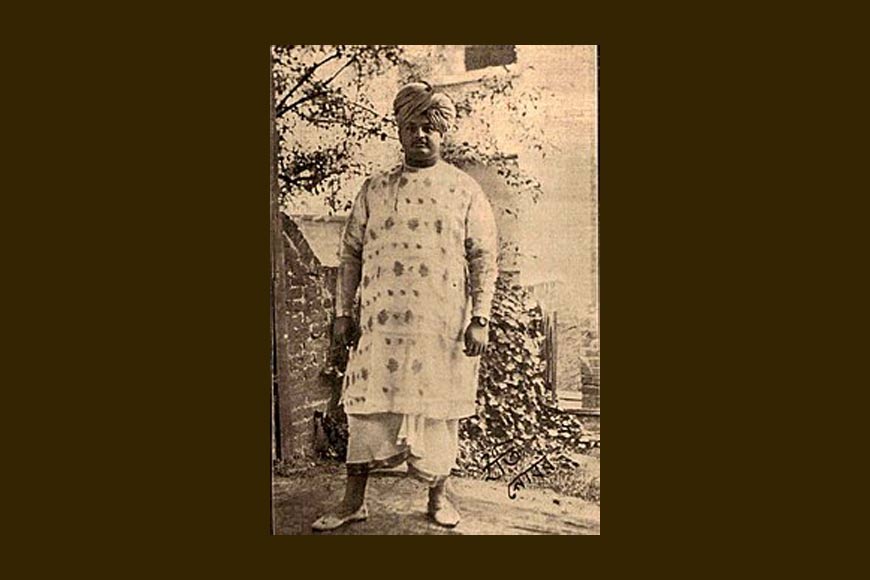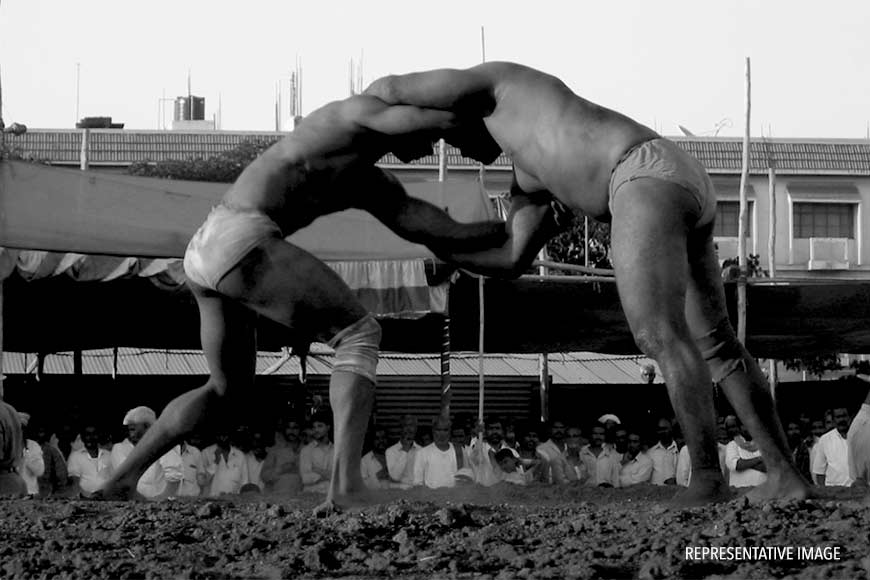Achinta Sheuli reminds us of Bengal’s ‘weighty’ past

Jatindra Charan alias ‘Gobor’ Guha
Weight, approximately 130 kg. Height, about 6 feet. Chest, 48 inches (50 when expanded). Waist, 42 inches. Wrist, 8 inches. Thighs, 30 inches. Arms and neck, 18 inches.
Have we just described a giant? Not really. These are the vital statistics of a man who a handful of Bengalis might remember today. A man who at one time became almost a proverb - Jatindra Charan alias ‘Gobor’ Guha.
The recent Commonwealth Games triumph of Bengal’s 20-year-old weightlifting wonder Achinta Sheuli gives us a golden (pun intended) opportunity to delve deeper into the history of Bengal’s strongmen, who were celebrated in their time, but whose legacy has suffered decades of neglect.

Not all of them were weightlifters. Some, like Gobor babu, were wrestlers. But since the two sports are allied in many ways, Gobor Guha seemed like a good name to start with. More so because he too, was only 20 when he scored his first major international triumph, on his second tour of Europe in 1912. Among those he defeated were champion Scottish wrestlers Jimmy Campbell and Jimmy Essen, but Guha was denied the ‘John Bull Belt’, presented to the reigning British champion, because though a British subject, he was not born British.
Before his return to India in 1915, Guha also participated in international competitions in Paris, and his outstanding abilities placed India firmly on the global wrestling map. Within two years of his return to India, he was flooded with invitations to visit America, not just for his wrestling skills, but his obvious oratorical abilities and ‘cultured’ pursuit of music and literature, which Europe had had a taste of.
He stepped into New York on December 14, 1920. The date is important because it was the day Jack Demspey was taking on Bill Brennan for the World Heavyweight Boxing Championship, a momentous occasion attended by numerous boxers and wrestlers. Not only was Guha present in person, but his American manager actually took him up on stage and introduced him to the huge crowd which had come to watch the fight. Clearly, the 25-year-old was an international celebrity.
Among his contemporaries is the now unknown powerlifter Sarasi Kumar Ganguly, who taught physical education at Ashutosh College and was apparently capable of lifting 400 pounds (181 kg) with only his teeth. His astounding feat was never recorded for posterity, however, and his attempts to engage with European weightlifters George Ionesco and Kosis in 1936 proved fruitless, primarily because the two foreigners were apparently unwilling to compete against such a little known opponent.

Many more such undocumented legends have been lost in the pages of Bengal’s history, such as Satish Chandra Dey, a humble teacher at Madaripur High English School, tucked away in a corner of Faridpur district in modern day Bangladesh. Newspaper reports from 1914 recount how, on February 14, Dey took on a challenge issued by legendary Tamil bodybuilder and wrestler Kodi Ramamurthy Naidu (1882-1942), and tore apart an iron chain using his back and shoulders, in the presence of at least 1,000 spectators.
Similarly unknown is the name of Debendra Chandra Basu, also of Faridpur, whose specialty was arm wrestling, but who pulled off several other Herculean feats in front of numerous eye witnesses. Contemporary anecdotes recount how some of India’s strongest men were unable to prise open Thakur’s closed fist despite several attempts, or even straighten out his bent middle finger with both hands.
In a 1956 book titled ‘Malla Jagate Bharater Sthan’, author Samar Bose recalls how in 1927, at the age of 51, Basu was able to lift a 62-pound (28 kg) weight using only the middle finger of his right hand, and hold out his arm parallel to the ground. He was also able to stand erect while supporting a 300-pound (136 kg) with just one finger. “No Indian has repeated these two feats till date,” Bose wrote.
Yet another son of Faridpur worth remembering is Kailash Chandra Basu, known as ‘Kailash Bagha’ after he killed a tiger in the forests of Mirzapur in Mymensingh (in modern Bangladesh) with only an oar. In 1908, at the age of 23, Kailash conquered renowned Iranian wrestler Shah Nawaz in a bloody, hard fought contest. Even before the bout, the young man had become known for his smooth, rippling muscles and toned physique, more like European than Indian bodybuilders.
Many more examples are to be found in obscure corners of Bengal’s sporting history, and not all of them can be fitted into the scope of one article, but perhaps we will come up with a part two!










